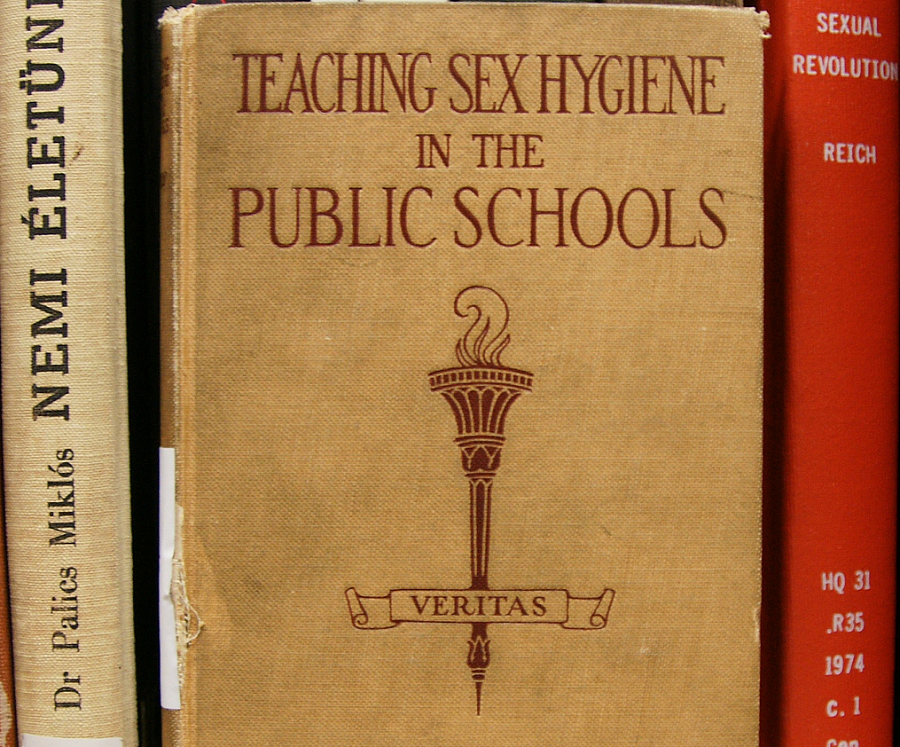Is the Central Valley's approach to sex ed boosting teen birth and STD rates?

Teen birth rates in California and across the country are on the decline, but the Central Valley continues to have some of the highest numbers in the state. For years, some of the Valley’s school districts were reluctant to teach medically accurate sex education and have failed to provide services that would allow teen mothers to succeed.
While a new law requires school districts to teach comprehensive, unbiased sex education, critics worry that Valley teens still won’t get the support they need to prevent teen pregnancy, putting some of the state’s most vulnerable youth further at risk.
The Fresno area has a complicated history with sex education. In 2011, Fresno Unified stopped teaching the only class that covered sex education due to budget cuts. At neighboring Clovis Unified, a Fresno County judge ruled in 2015 that the district had for years failed to adequately teach sex education, failing to include lessons on sexually transmitted diseases and pregnancy prevention. The judge ruled the district was also guilty of “promoting and reinforcing bias in gender and sexual orientation.” The American Civil Liberties Union became involved in that case and asserted that the district’s high school curriculum provided no information about how to prevent STDs and taught abstinence only, showing students a video “that compared a woman who was not a virgin to a dirty shoe.”
In the past year, Fresno Unified — the state’s fourth-largest school district — has had to make changes to its sex ed policy, and some school leaders have voiced their concerns about the California Healthy Youth Act, a state bill signed into law in 2015, arguing that its requirements are too progressive. The law mandates schools teach students about “all legally available pregnancy outcomes” including abortion, and requires lessons to cover all sexual orientations.
But the data makes clear that the Valley is not catching up to the rest of the state when it comes to effective birth control for teens. Fresno County has the sixth-highest teen pregnancy rate in the state, while nearby Tulare and Madera counties rank third and fourth-highest. Fresno County also ranks among the highest for STD rates — another topic that is supposed to be taught in sex education classes. According to a report in 2016, the county has the second-highest rates in California when it comes to syphilis and chlamydia, and third for gonorrhea.
These areas are some of the state’s poorest, where a majority of teen moms are Latina. For my 2017 California Fellowship project, I plan to travel to rural communities and school districts to investigate their approach to sex education, as well as shadow local teen moms at different stages of parenthood. I also want to talk to former teen moms about their past experiences.
This project will combine a focus on education policy, politics and health, with on-the-ground reporting. How have barriers to comprehensive sex ed created problems for poor teen mothers? How is the health of a young mother — and her child — impacted when prenatal healthcare is not readily accessible? How do politics and a community’s ideology impact a teen mother’s decisions about her body? These are some of the tough questions I’m hoping to tackle with this project.
[Cropped photo by romana klee via Flickr.]

